The back is composed of many different muscles that work together to provide support and movement. Back muscles are often overlooked, but they are essential for posture and movement. There are many different parts that make up the back muscles. This article will discuss these various muscles and how to train them effectively.
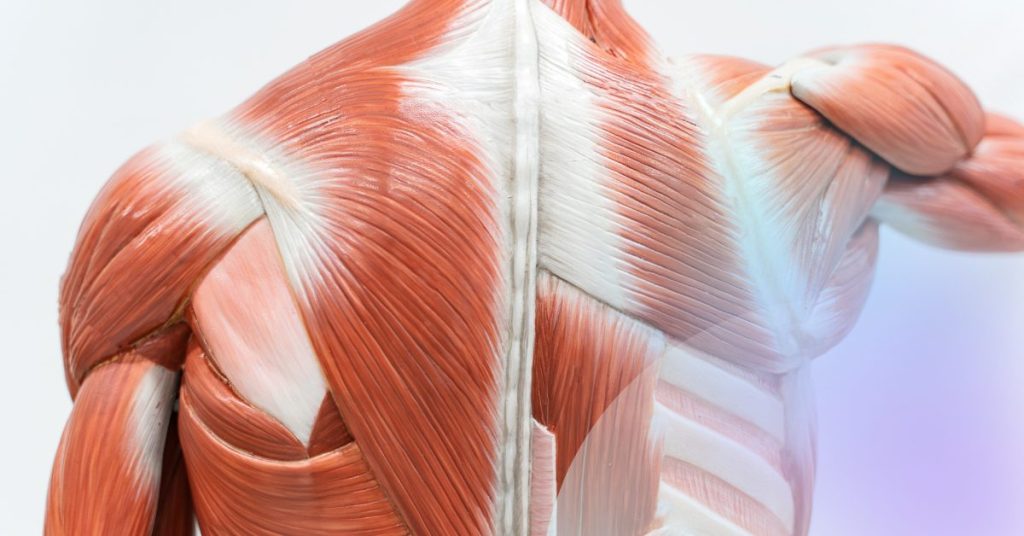
1. The different parts of the back muscles
The back is made up of many muscles, but for our training purposes we will focus on: the trapezius, latissimus dorsi, erector spinae, and rhomboids.
The trapezius is a large, triangular muscle that extends from the base of the skull to the lower back. It is responsible for moving the shoulders and holding them in place. The latissimus dorsi is a broad muscle that runs from the mid-back to the arms. It is responsible for pulling the arms down and back. The erector spinae is a group of muscles that runs along both sides of the spine. It is responsible for keeping the spine upright and supporting the weight of the body. The rhomboids are a group of muscles that run between the shoulder blades. They are responsible for pulling the shoulders back and keeping them in place.
By understanding the anatomy of the back, you can better appreciate how it works and how to best train it to reach your desired aesthetic and functional goals.
2. How to train the back muscles: pulling and pushing movements.
A strong, muscular back is the key to a symmetrical physique. Unfortunately, many people neglect their back muscles when they workout, opting instead to focus on “mirror muscles” like the chest (for men) and arms. As a result, they wind up with an imbalanced physique that looks good from the front but not so much from the back.
Don’t make this mistake! Training your back muscles is essential for achieving a balanced, proportionate body. In this blog post, I’m going to share with you some of my favorite exercises for building a strong back.
The back can be difficult to target with traditional exercises like the bench press. However, by using a combination of pulling and pushing movements, you can more effectively build muscle and strength in your back.
Bent Over Rows
One of the best exercises you can do for your back is the bent-over row. If you’re a Más Vida member, you will see many variations of rows all throughout our programming, and for good reason! This exercise works all of the major muscles in your back, including the lats, traps, and rhomboids (even the biceps are engaged!). To do this exercise, stand with your feet shoulder-width apart and bend at the waist so that your torso is parallel to the floor. Grab a dumbbell in each hand and let them hang at arm’s length. From here, slowly lift the weights to your sides, leading with your elbows. Squeeze your shoulder blades together at the top of the movement and then lower the weights under control back to the starting position. That’s one rep.
As mentioned, there are many variations of the row beyond the bent over row. You can add a balance challenge and work the glutes by doing bent over rows on one leg. You can perform a side plank and row with your top arm. You can try a three-point row where you place one foot in front of the other and one hand on a bench, rowing with the free arm.
Adding in tempo movements and ISO holds to your rows can help you build strength. For example, you could try a 1:5:1 tempo (pull for 1 count, hold at the top for 5 counts, and lower back down for 1 count) or a 3:0:3 tempo (pull for 3 counts, no hold at top, and lower for 3 in a continuous, non-stop motion), or you could try adding in a 10-count ISO hold after your reps.
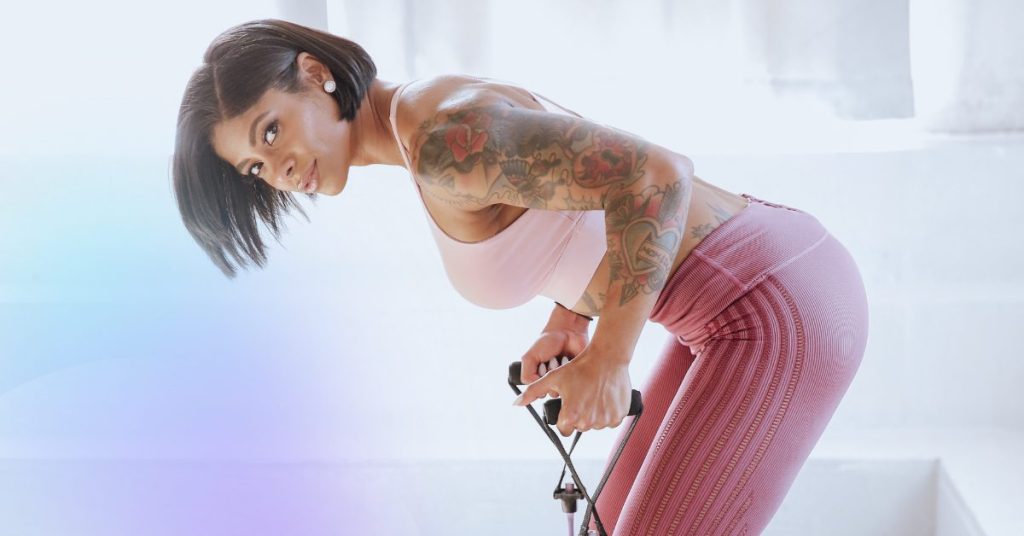
Pull Ups
Another great exercise for stimulating growth in your back muscles is the pull up. This exercise primarily works the latissimus dorsi (or “lats”), which are the large muscle group that runs down each side of your back. Pull ups are an amazing exercise to work the back muscles, but because they are so difficult for beginners, they are often neglected. However, with simple modifications, you can get the benefits of the pull up, even if you don’t have the strength to complete a strict pull up yet.
To do this exercise, grab a pull-up bar with an overhand grip (palms facing away from you) and hang at arm’s length. Slowly pull yourself up until your chin clears the bar and then lower yourself under control back to the starting position. If you can’t do a full pull-up yet, don’t worry—you can begin by using a long loop band to assist (or the assisted pull up machine at the gym). You can also simply practice hanging from the bar, slightly retracting your shoulder blades, for increments of 30 seconds and gradually increasing the time. Finally, another exercise to prepare for pull ups is to hang from the bar, retract the shoulder blades, hold for one second, then release. Perform anywhere from 10-20 reps per set.
Band Pullaparts
Band pullaparts are yet another amazing exercise for the back. This exercise is simple, but it has profound effects on the posture, as it strengthens those muscles which hold the body upright. You can do several variations of band pullaparts, such as pulling a band apart directly in front of you or pulling the band apart at a diagonal. Doing this exercise in a tall kneeling position adds a core element to the movement as well.
Prone Swimmers
Prone swimmers (shown above) are a great exercise for targeting both the upper back muscles and improving posture. To do this movement, lie in a prone position (facedown) with your hands behind your head. Keeping your hands behind your head, lift the elbows, then reach the hands forward where your arms are straight above your head. Reach both arms out to the side, rotating them as you get to your lower back, and allow the hands to come together on the lower back. Lower the elbows. Then lift the elbows and reverse the entire movement. That’s one rep!
Deadlifts
Finally, no article on back training would be complete without mentioning deadlifts. This compound exercise works literally every muscle in your entire posterior chain—that includes your hamstrings, glutes, the erector spinae (a group of muscles that run along the spine), and of course other back muscles as well. To do this exercise correctly, stand with your feet hip-width apart and bend down to grab a barbell with arms shoulder width apart. Take a deep breath in and then lift the bar up along your shins until you’re standing upright with it in front of your thighs. From here, extend through your hips and knees to bring the bar up to waist level before lowering it under control back down to your shins—that’s one rep!
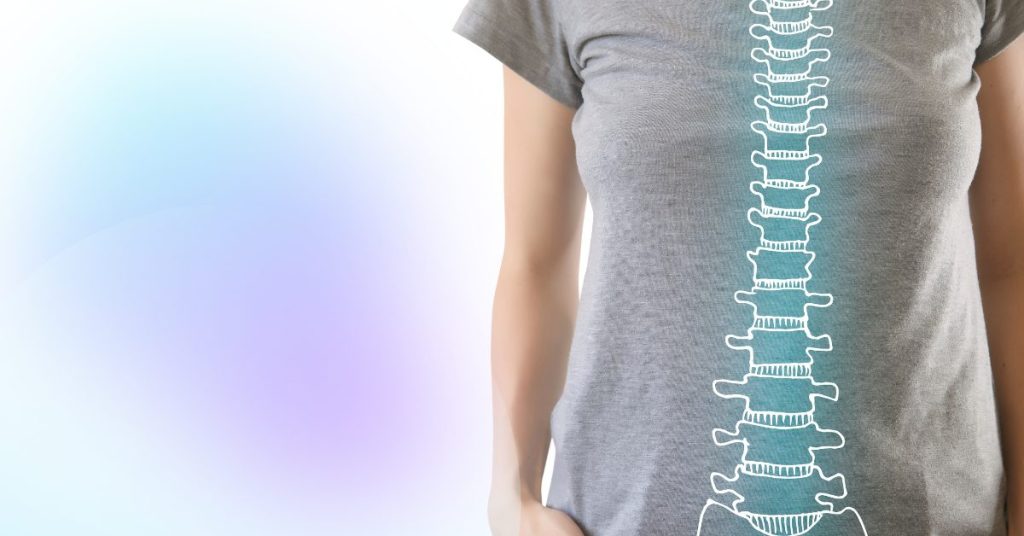
3. The benefits of training the back muscles
The back muscles are responsible for maintaining posture and generating much of the strength needed for everyday activities such as lifting and carrying objects. Given the importance of these muscles, it’s no surprise that training the back is essential for overall functional fitness and performance. Let’s take a closer look at some of the benefits of back training.
Increased Muscle Strength and Size
One of the primary benefits of back training is increased muscle strength and size. The back muscles are some of the largest and most powerful in the body, so when they’re properly trained, they have the potential to significantly increase strength and power. In addition, increasing muscle size can help to improve posture and decrease the risk of injuries.
Improved Posture
Poor posture is a common problem today, especially among office workers who spend long hours sitting at a desk. When the back muscles are weak, they can lead to a hunched posture. However, by strengthening these muscles, you can pull your shoulders back and stand tall with good posture. In addition to improving appearance, good posture also reduces stress on the spine and other joints, which can lead to pain relief.
Improved Athletic Performance
In addition to increasing muscle size and strength, training the back can also improve athletic performance. Many athletic movements require strong back muscles, so by developing these muscles, you’ll be better prepared to handle the physical demands of sport. Stronger back muscles can also improve your balance and coordination, making you less likely to get injured during competition.
If you’re looking to increase strength, power, or muscle size, or if you want to improve your posture or athletic performance, then including specific back exercises in your workout routine on a continual basis is a wise idea.
Supermans are a great exercise for targeting both the upper and lower back muscles. They specifically work the erector spinae (as well as some other smaller muscles in the back) while also engaging the glutes. To do a Superman, start by lying face down on an exercise mat with your arms extended out in front of you. Next, raise both your arms and legs off of the ground so that only your stomach is touching the mat. Hold this position for 2 seconds before lowering back down to complete one rep. Repeat for 10-12 reps total.
5. Tips for avoiding injuries while training the back muscles
Use proper form.
This is important for any exercise, but it’s especially important when you’re working your back. Make sure you use a full range of motion and focus on squeezing your shoulder blades together during each rep.
Warm up properly.
It’s important to warm up your muscles before you start lifting heavy weights or even doing bodyweight exercises like pullups. I like to do some light cardio and then some dynamic stretching before my workout. This helps me avoid injuries and gets my blood flowing so I can perform at my best. If you experience discomfort while training the upper body, it could be that you aren’t warming up these muscles well enough.
Lift heavy weights.
If it doesn’t challenge you, it will not change you. When you lift heavy weights, your muscles are challenged and grow stronger in response. Just make sure you’re using proper form so you don’t get injured in the process!
Give yourself time to recover.
It’s important to listen to your body and provide yourself with adequate time to recover between workouts. If you overtrain your back muscles, you’ll risk injury and won’t be able to workout at your full potential. So, make sure you take rest days or do some lighter workouts on days when you’re feeling particularly sore. Resting properly will actually help you gain muscle and strength more quickly.
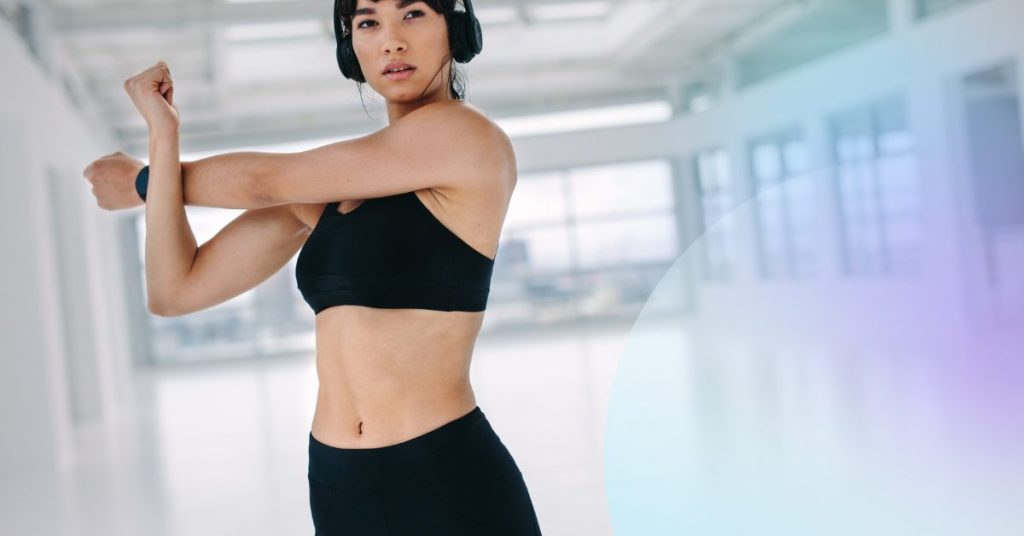
6. The importance of stretching after working out
When it comes to post-workout routines, stretching is often overlooked. However, stretching is an essential part of any workout, and there are many benefits to incorporating it into your routine. Here’s a look at why stretching is so important and how it can help you reach your fitness goals.
Reduce Delayed Onset Muscle Soreness (DOMS)
One of the most common reasons people stretch after working out is to reduce DOMS, or delayed onset muscle soreness. This is that feeling of stiffness and soreness that often sets in a day or two after an intense workout. While there’s no way to completely prevent DOMS, stretching can help to lessen its effects. That’s because stretching helps to increase blood flow to the muscles and reduce the build-up of lactic acid, both of which can contribute to DOMS.
Improve flexibility
If you’re someone who typically sticks to the same few exercises week after week, you may not think flexibility is something you need to worry about. However, even if you’re not doing yoga or participating in other activities that require a high level of flexibility, it’s still important to stretch regularly, especially as you become stronger and are moving more weight around in your workouts. Your muscles will become tighter. Poor flexibility can lead to joint pain, muscle strains, and other injuries. By stretching after every workout, you’ll help keep your muscles flexible and less susceptible to injury.
Increase range of motion
Another benefit of stretching is that it can help increase your range of motion. Range of motion refers to the distance your joints can move before being restricted by tight muscles or ligaments. For example, if you have tight hamstrings, you may find it difficult to touch your toes without bending your knees. Stretching can help improve range of motion and allow you to move more freely without pain or discomfort. This is especially important as we age since our muscles tend to tighten up as we get older.
Stretching may not be the most exciting part of your workout routine, but it’s definitely one of the most important. That’s because stretching comes with a whole host of benefits, including reduced muscle soreness, increased flexibility, and improved range of motion. So next time you’re tempted to skip the stretches, do yourself a favor and invest those 10 extra minutes into your routine. You’ll thank yourself in the long run!
7. Más Vida Programs
If you’re looking for a program to challenge your upper body strength, I would suggest my Elevate 2 or MA45 programs. Both of these programs only require bodyweight and resistance bands, but they will build your upper body strength very efficiently. Of course, lower body workouts are included, too. You can find both programs here or you can get access to both and all of my other programs by becoming an all-access member.
I hope you’ve learned some valuable takeaways on training your back muscles and that this enhances your workout routine. Be sure to share this with a fellow fitness enthusiast whom you think it will help by using the buttons below. Have fun!
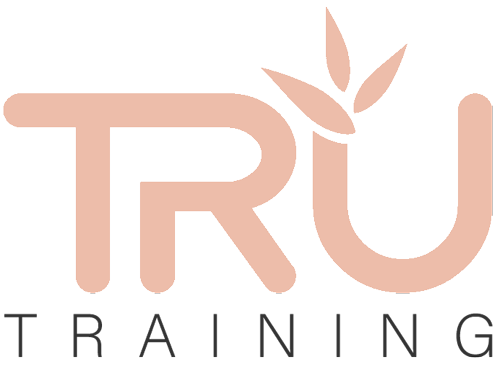
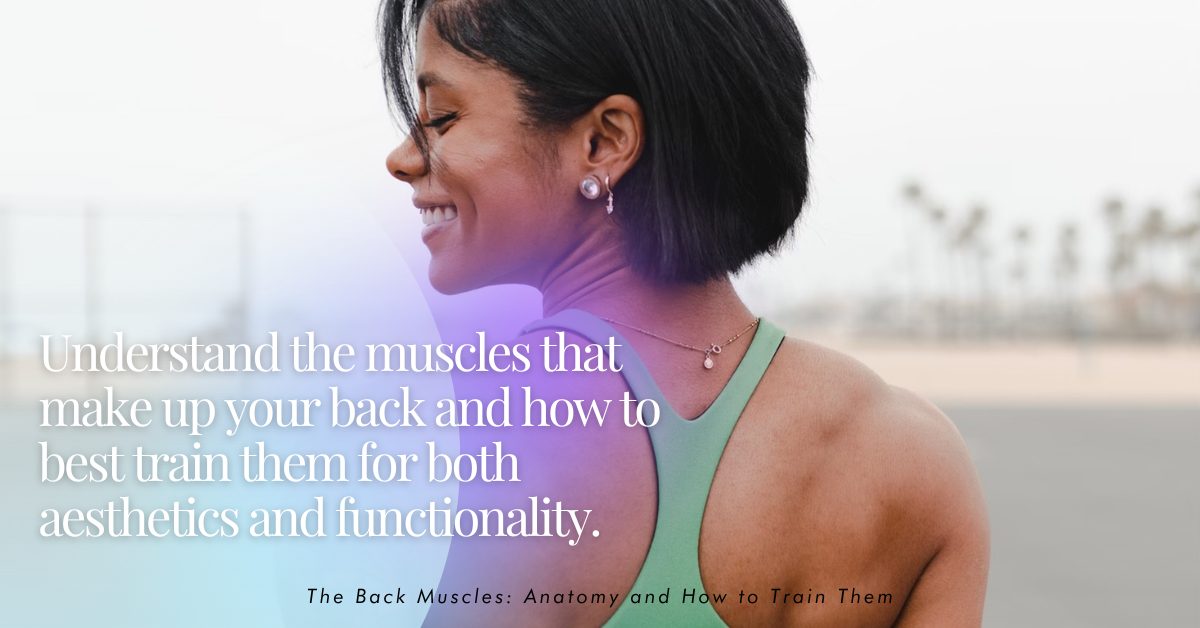
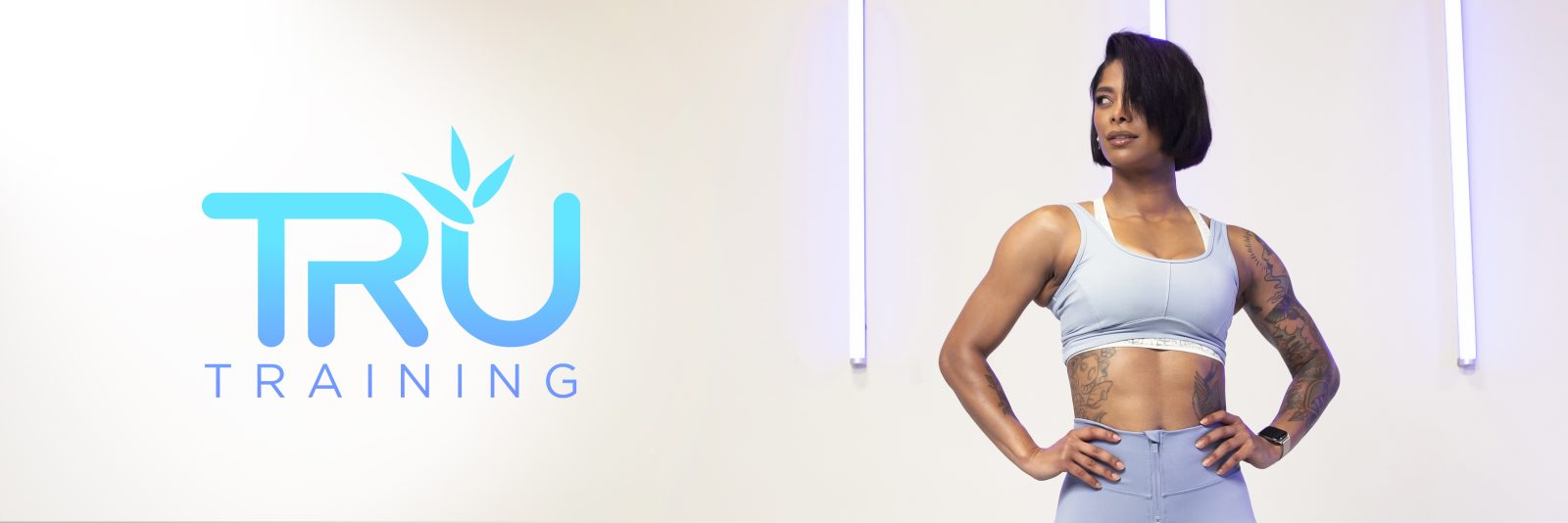
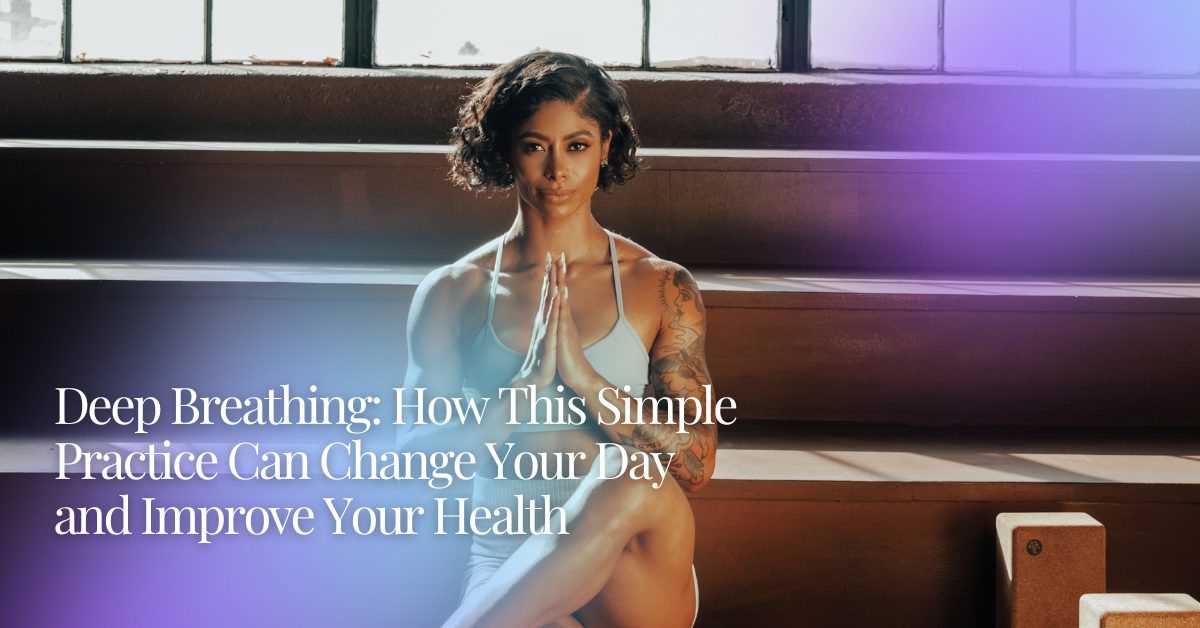
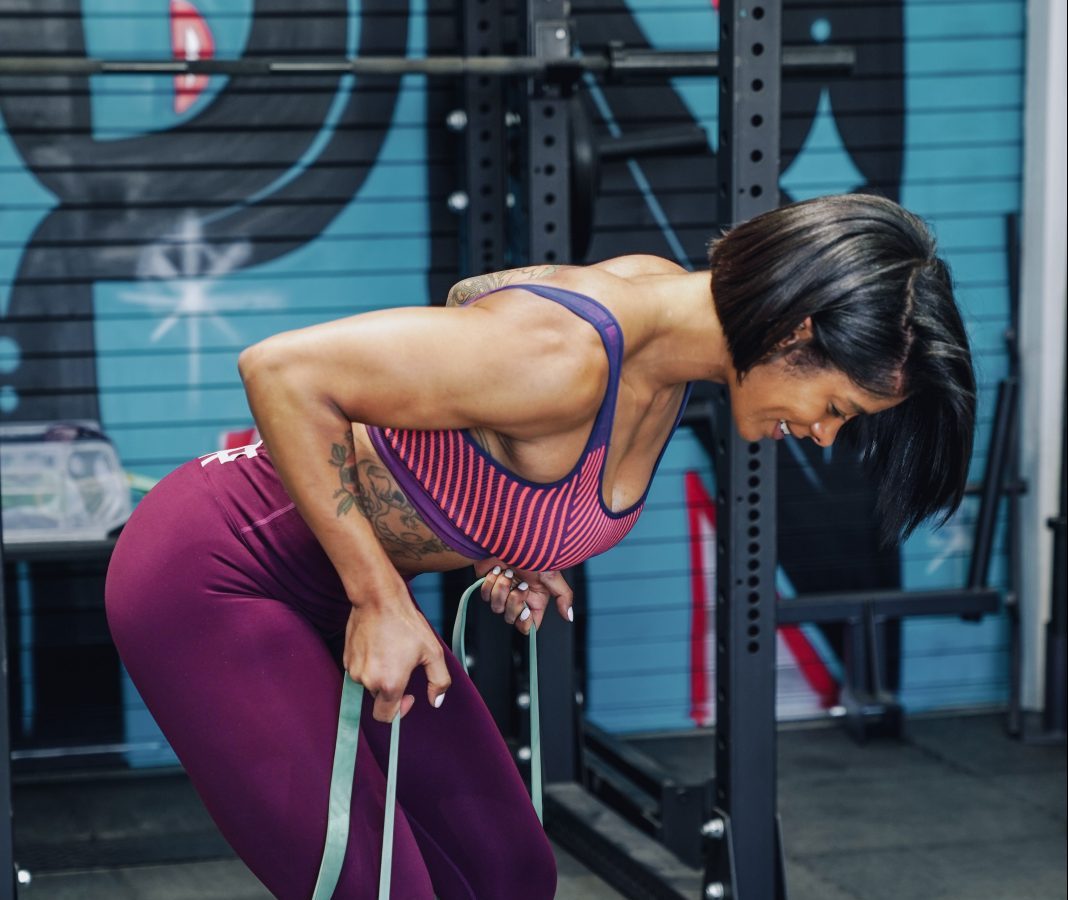
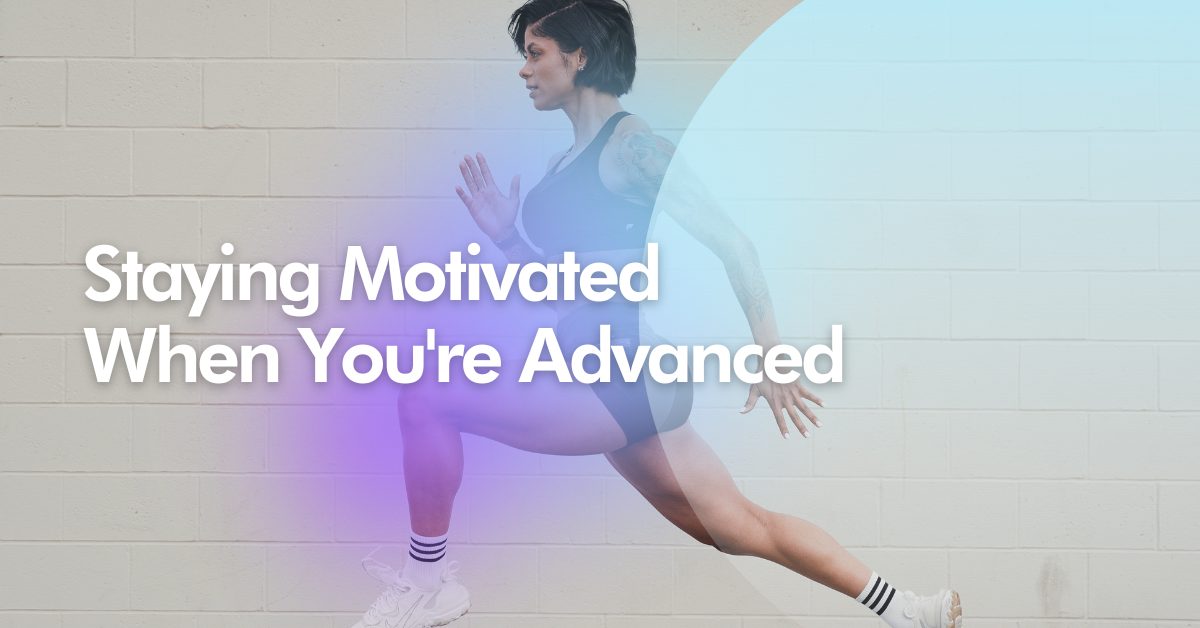
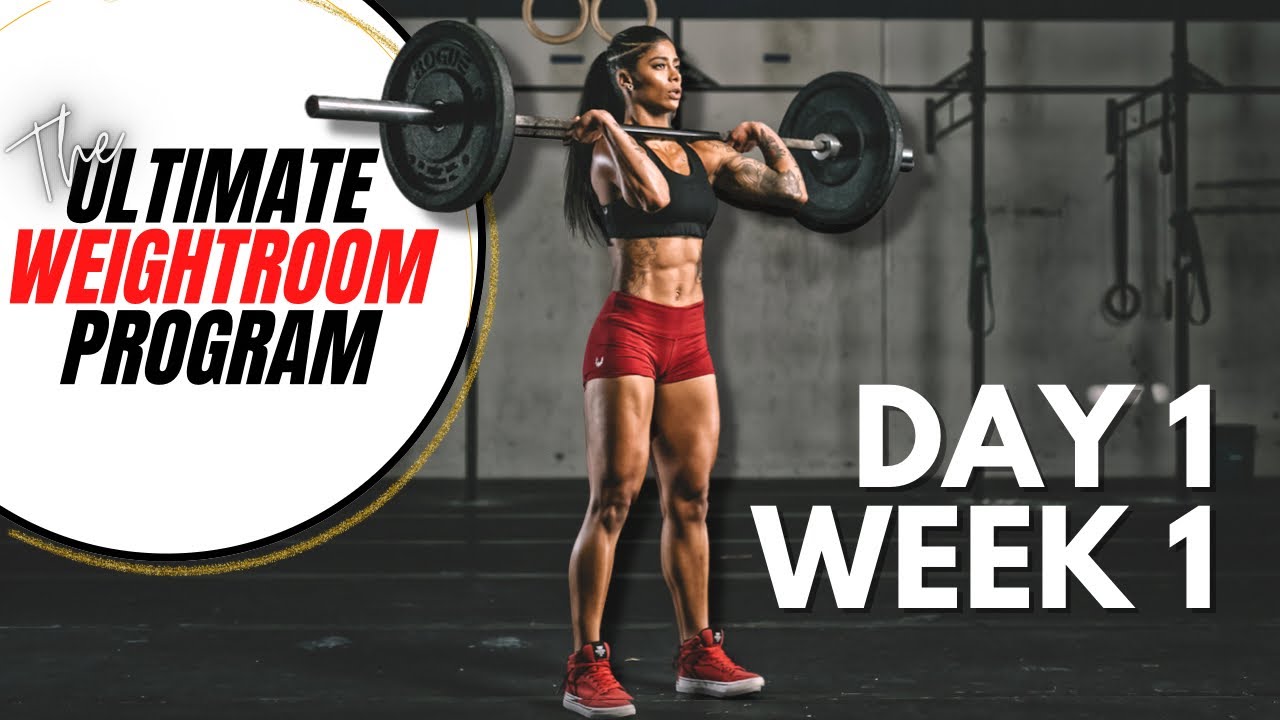
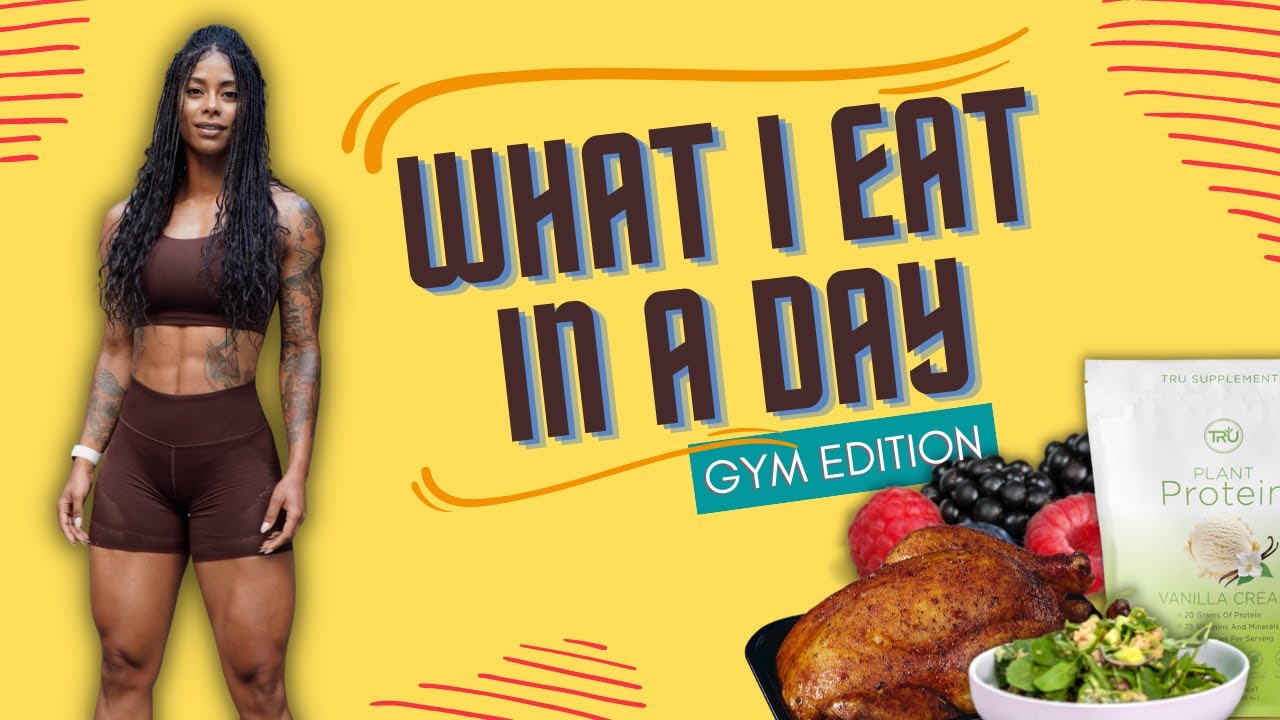
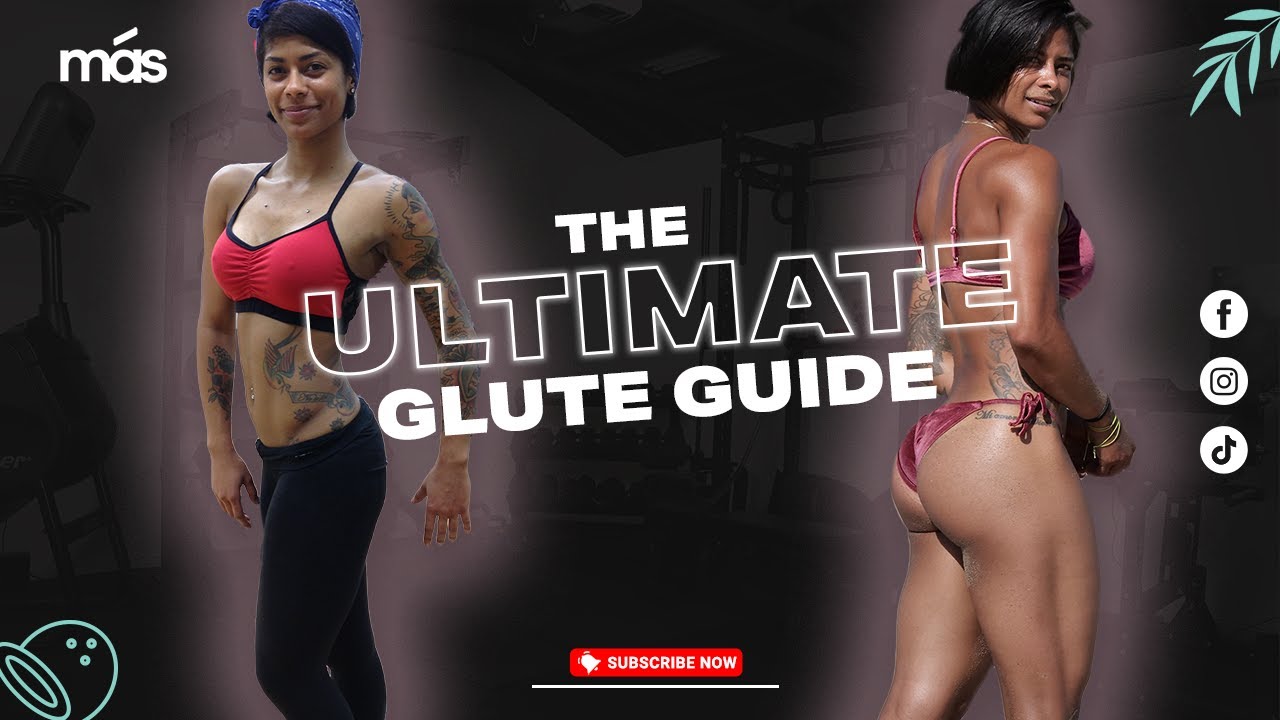
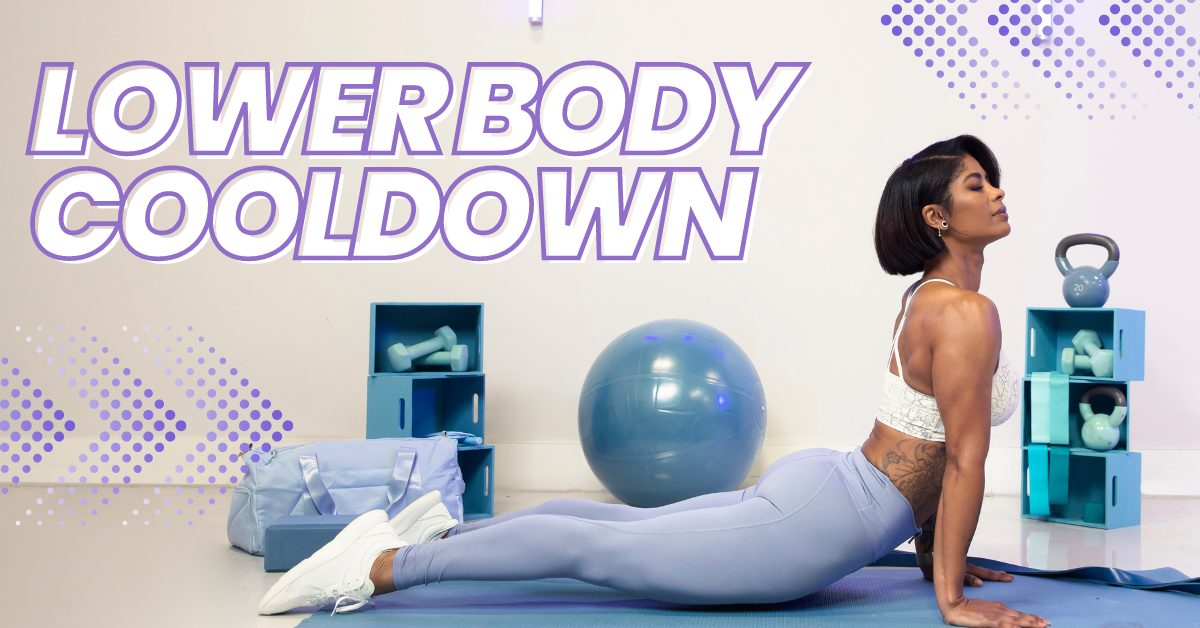
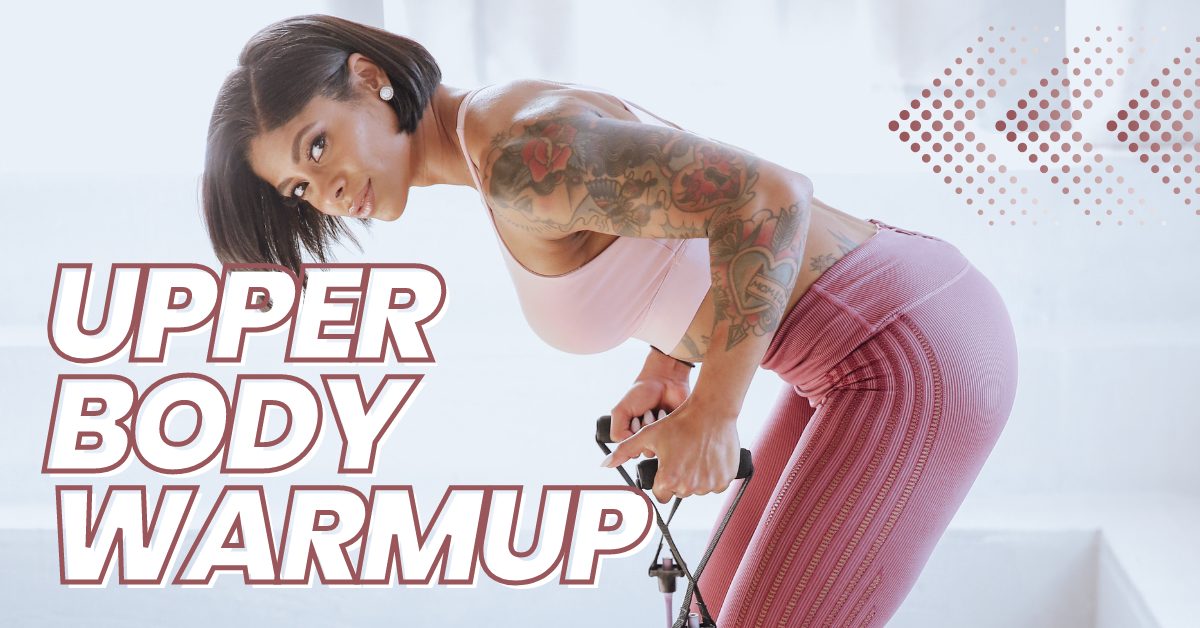
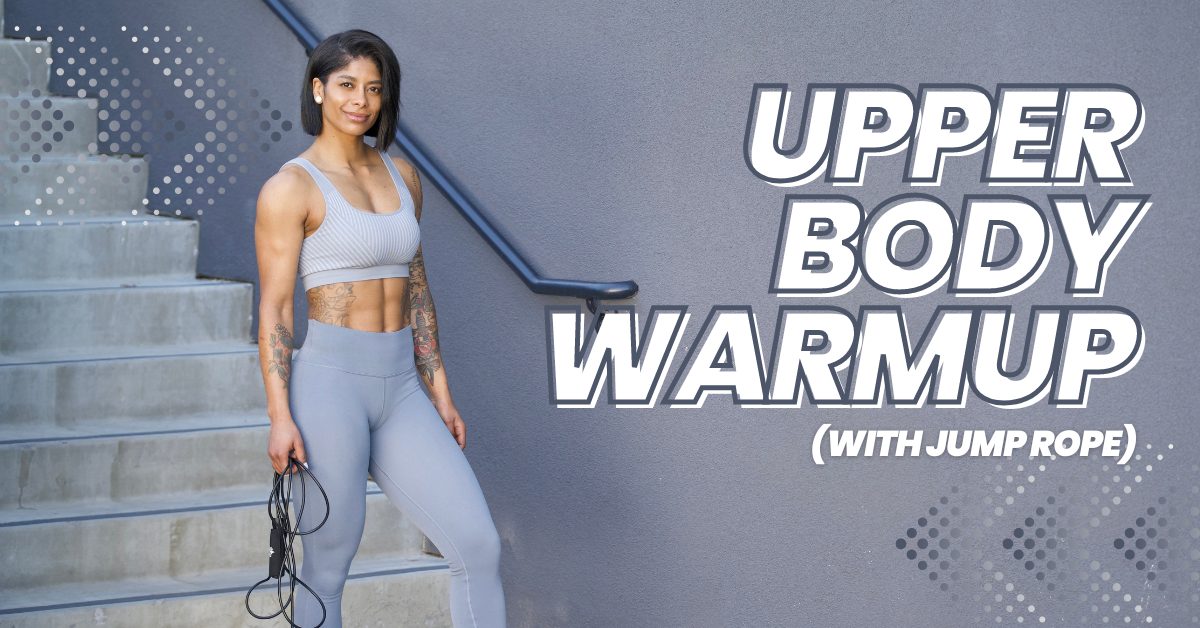
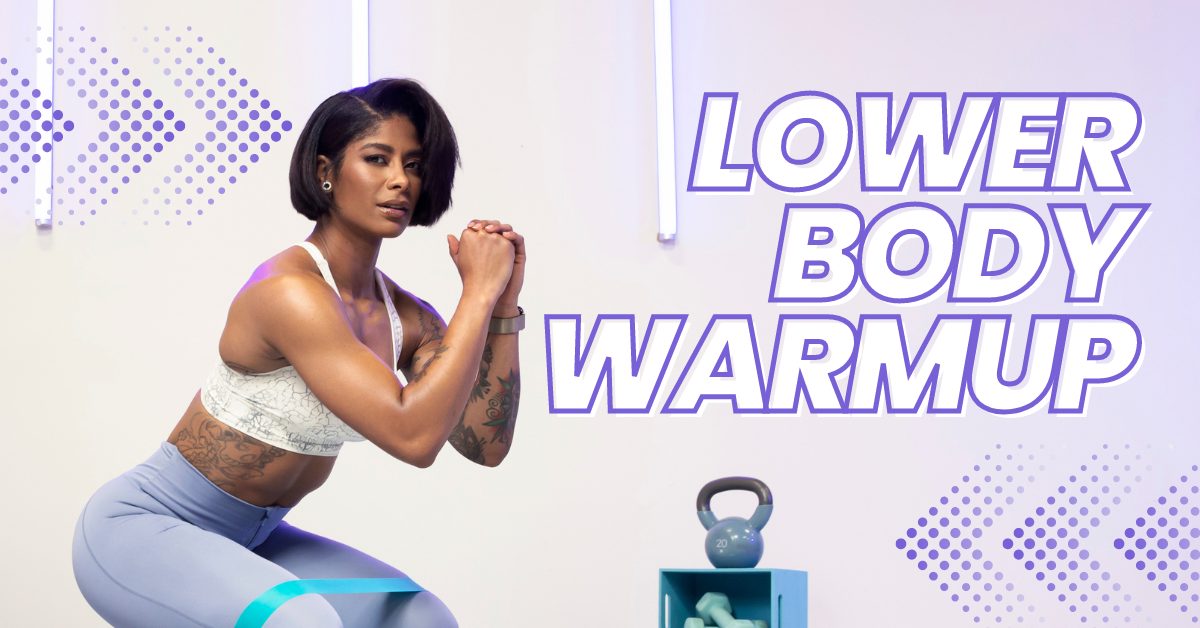
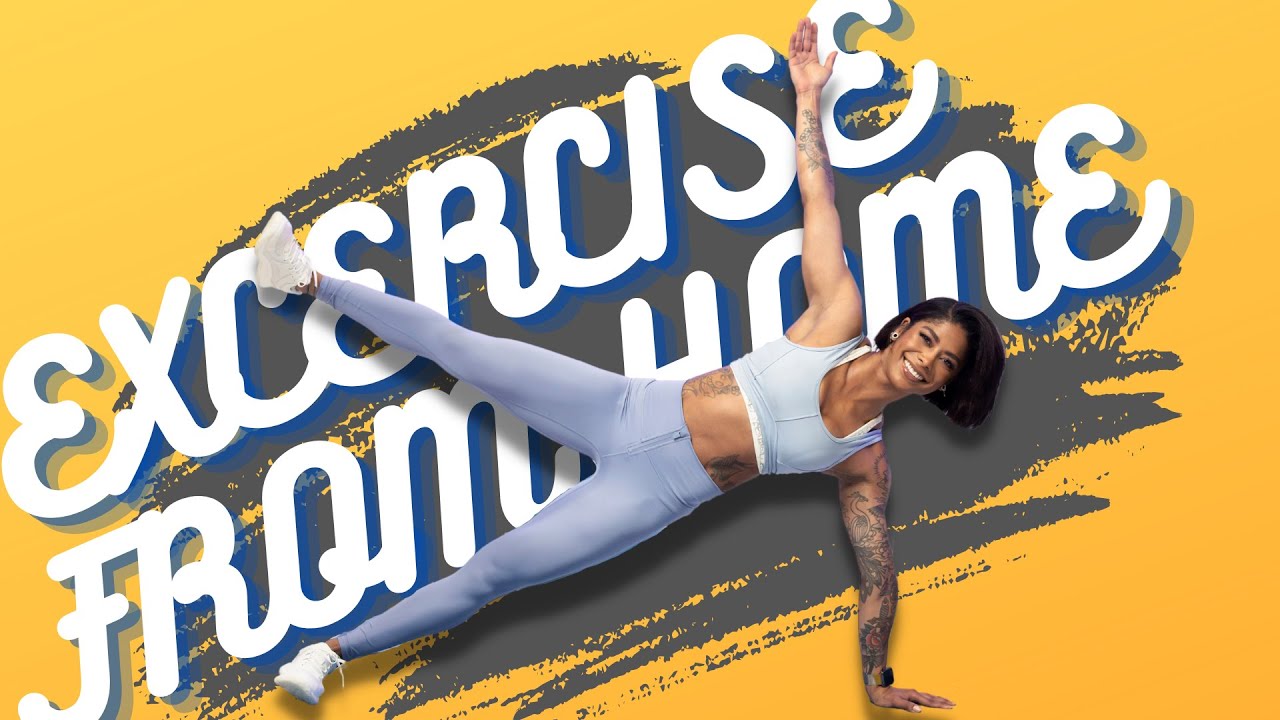

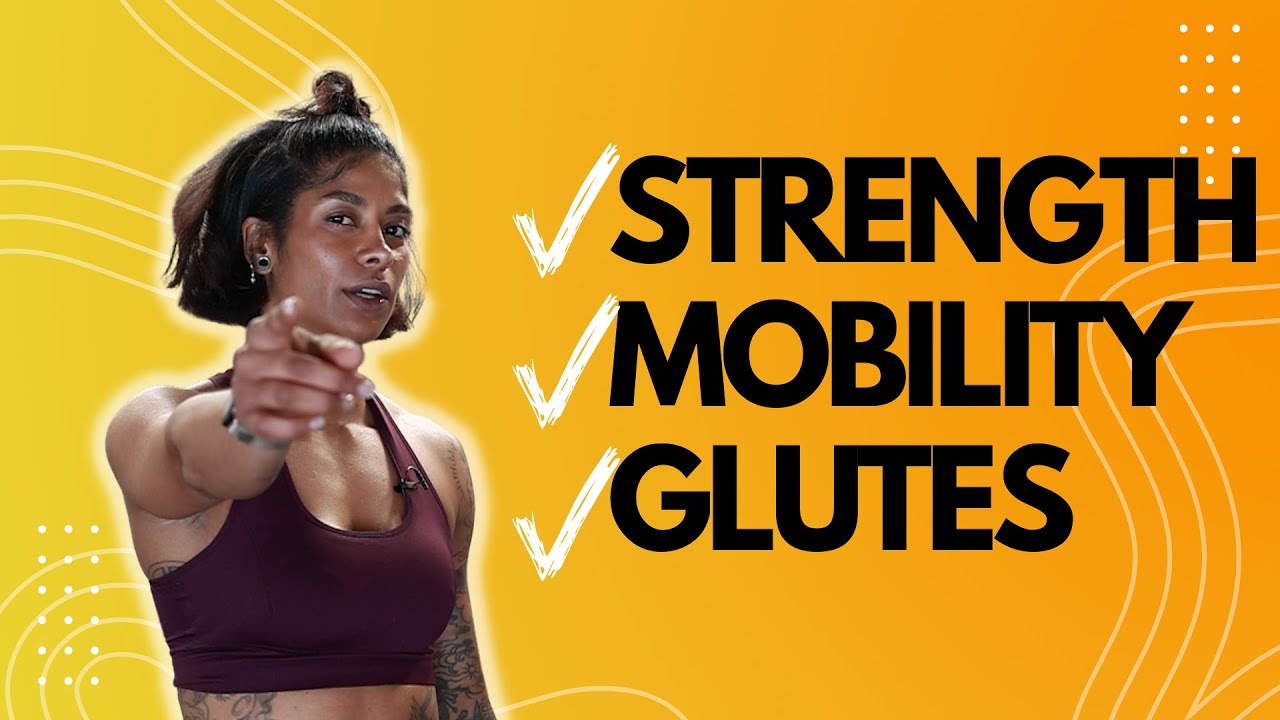
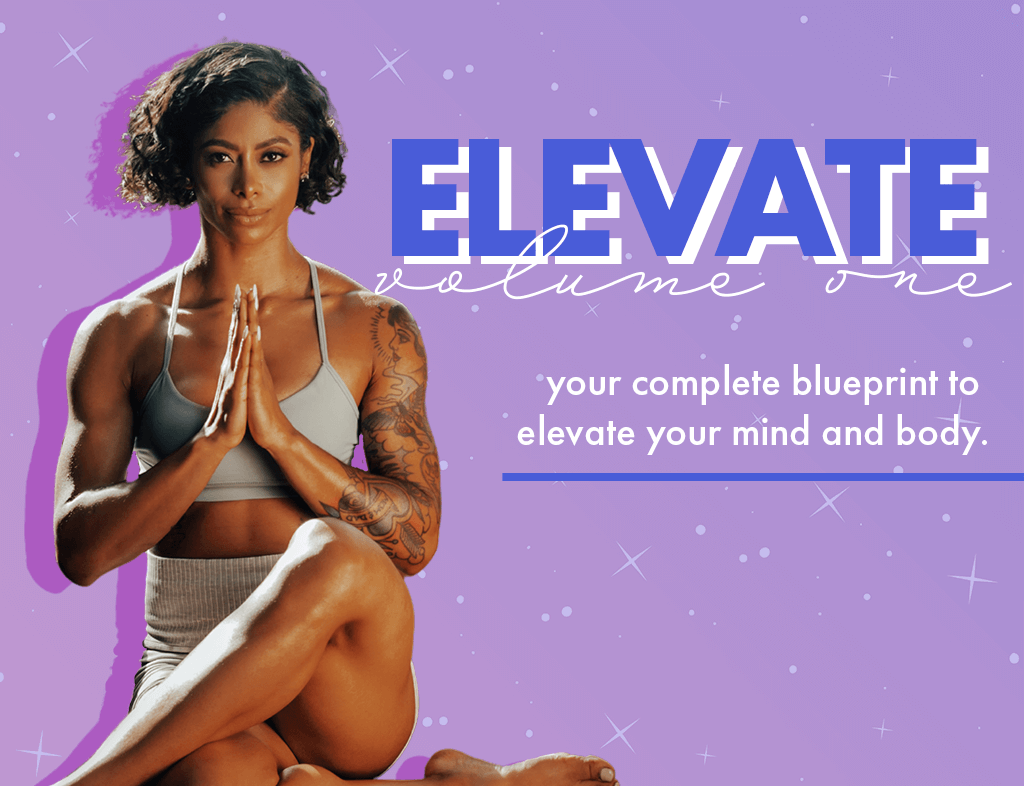
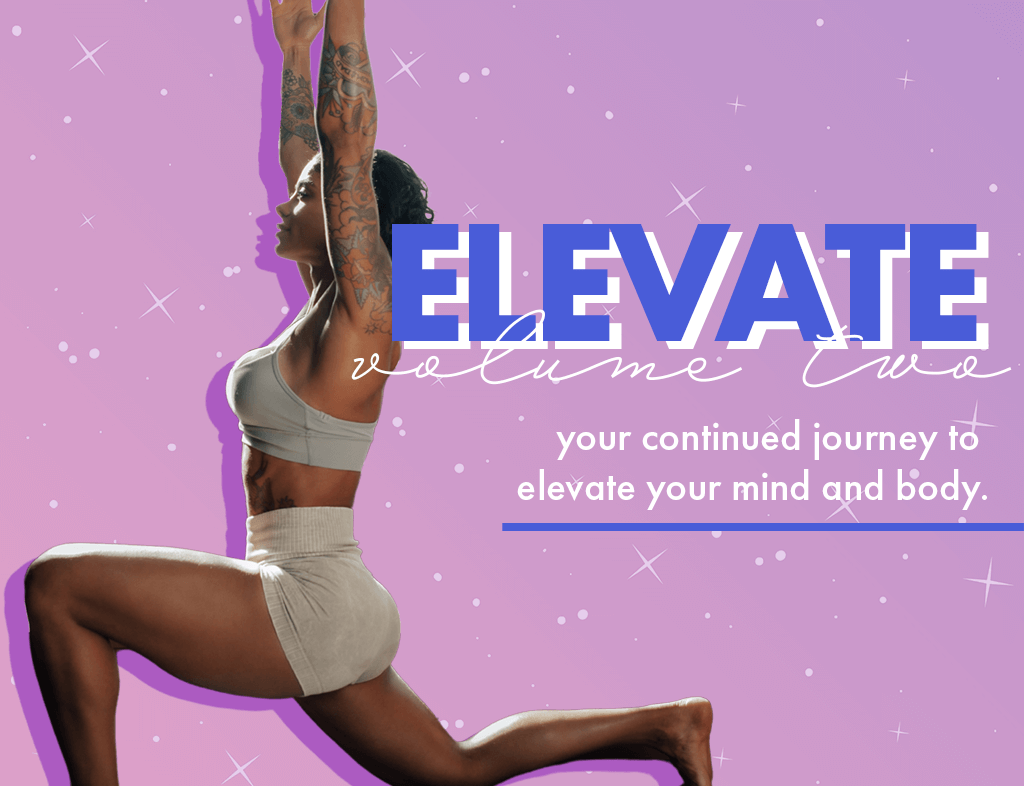
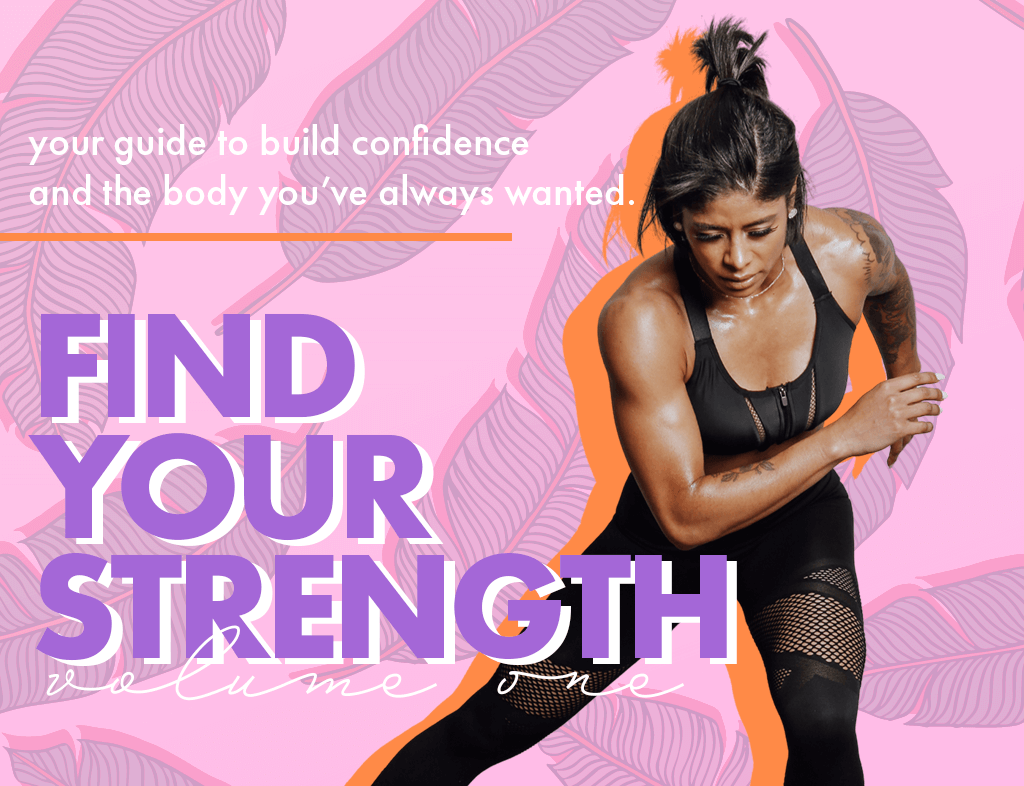
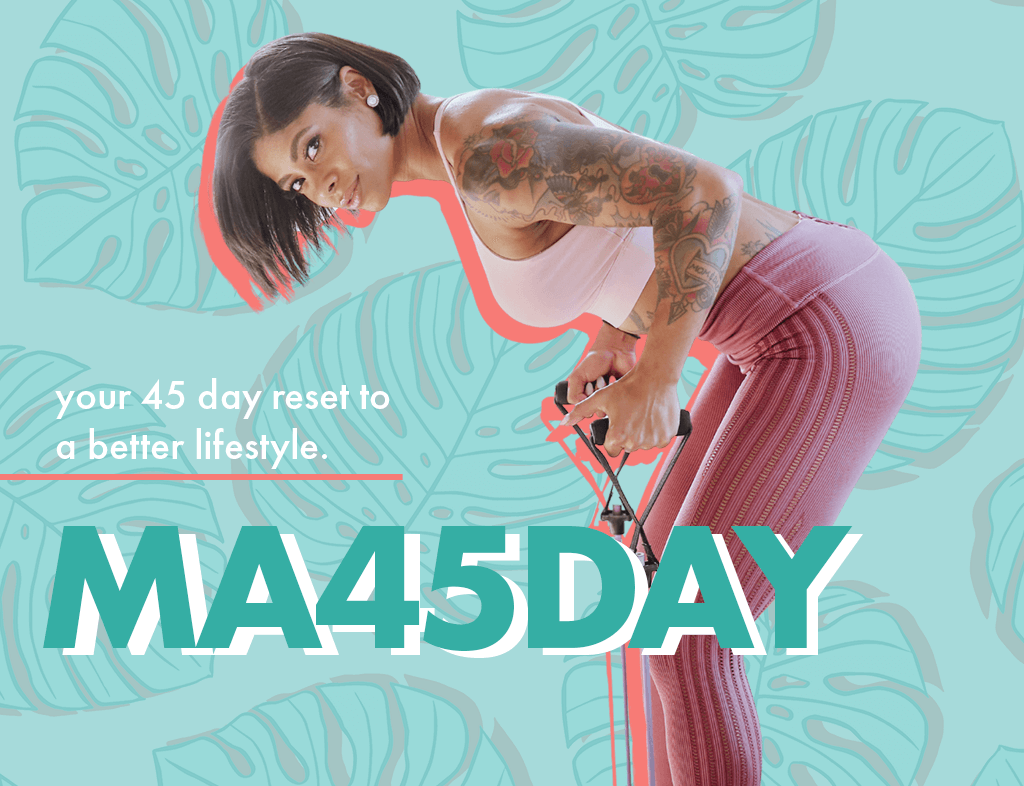
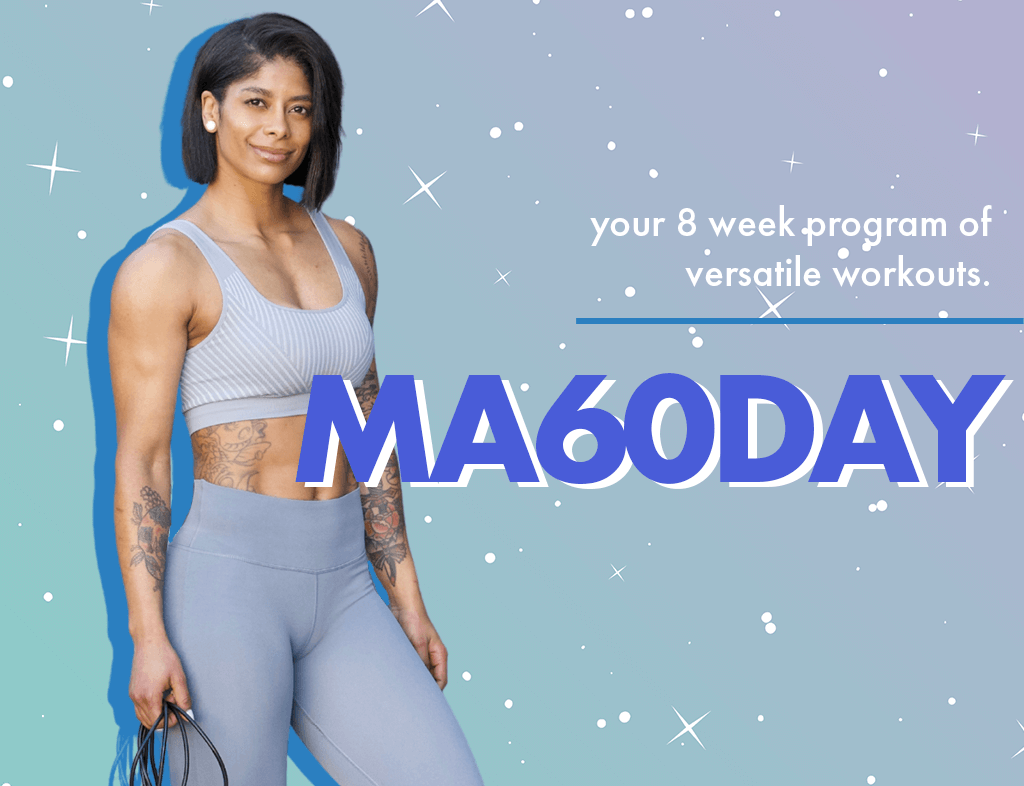
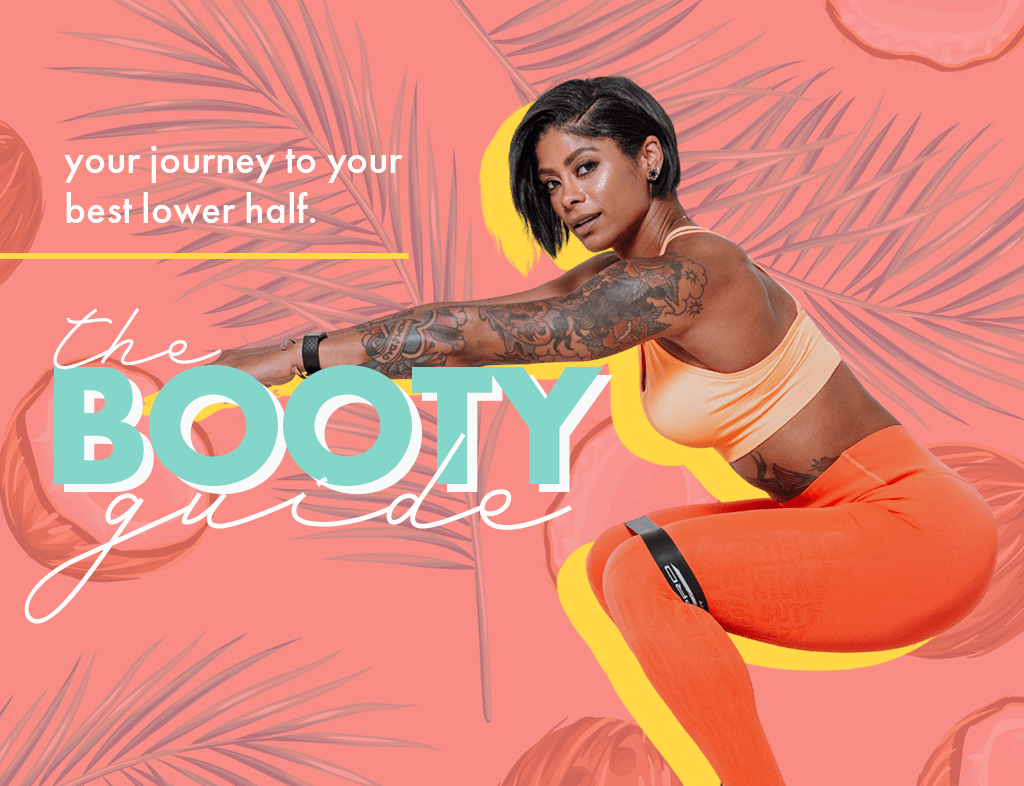
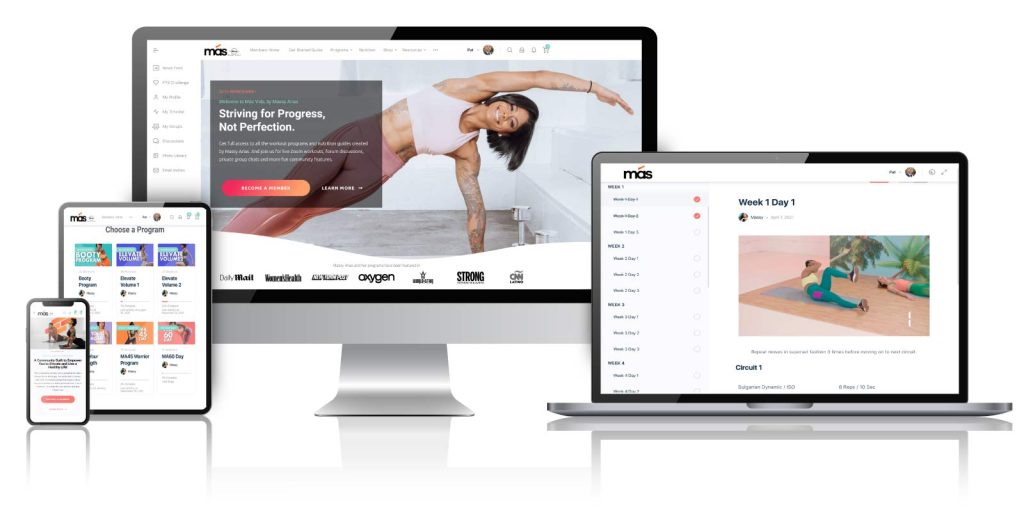
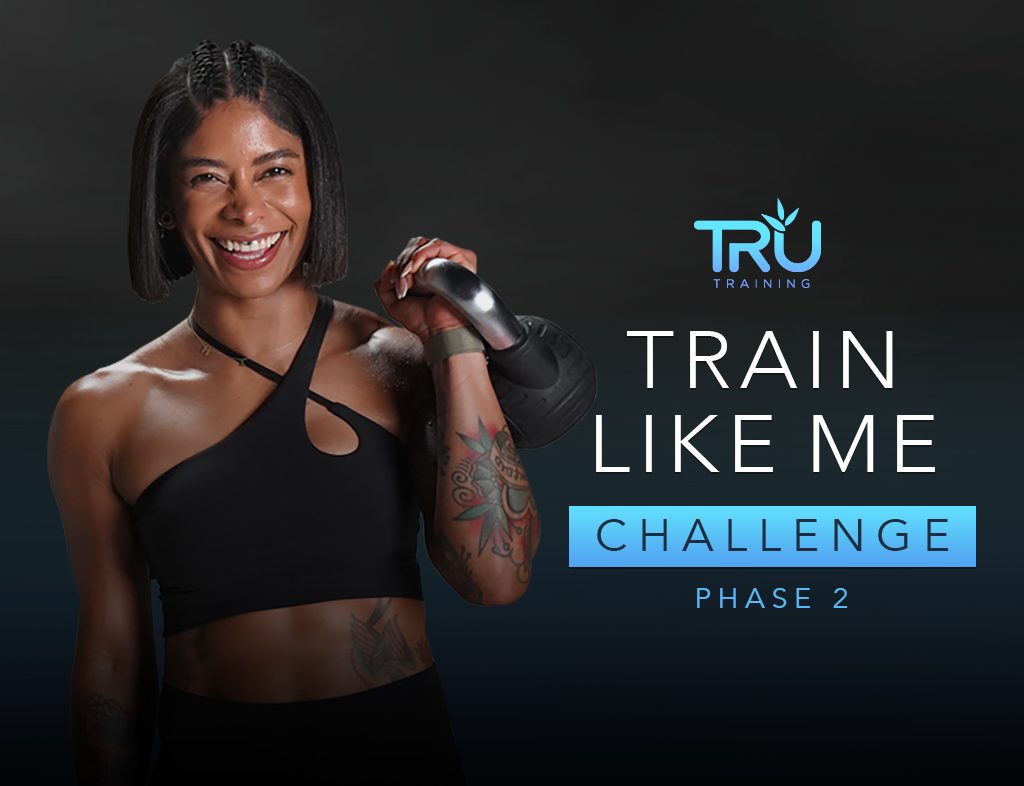

Responses